Malt - defines a beer!

There is a bewildering amount of different malts on the market today but there are some that occur more frequently in beer recipes than others and today I will describe them to you!
We will start with the base malts, a recipe may contain between 50-100% base malt. 50% base malt is needed for the mashing process, colored malts usually has too low diastatic power (their enzymes has been denatured during the roasting process) to convert the starches into sugars for the yeasts to ferment later.
A base malt is typically very pale and has a neutral taste, color and special taste is added to the recipe with the colored or special malts later. Making up the bulk of the ingredients, the base malts are used to build the body of a beer and to provide the sugars needed by the yeasts to convert into alcohol.

The colored malts covers the caramel/crystal malts, the münich malts, the red malts, the chocolate malts and the black malts.
The caramel/crystal malts can range from very light to a dark brown color and they will all add sweetness and a caramel taste to the beer.
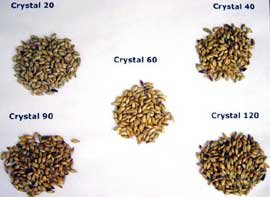
The numbers next to the name describes the color in Standard Reference Method (SRM), the american system for malt color. There is also an european system European Brewing Convention (EBC), which is approximately twice the numerical value of SRM(actually 1.97...).
The münich malt has a very malty taste and is common in german beers.
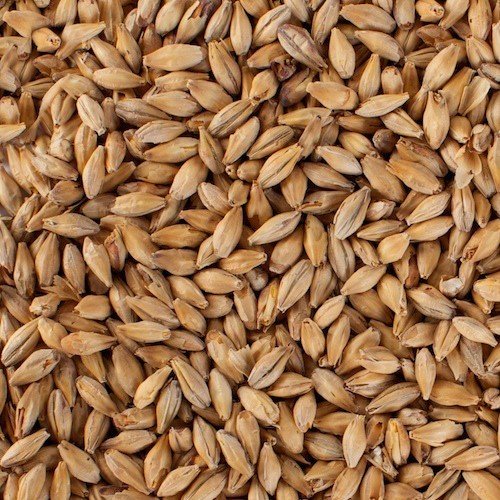
The red malts give a beer a very nice color, I love the look of a glass filled with red beer! They are neutral in taste and are used just for the lovely color.
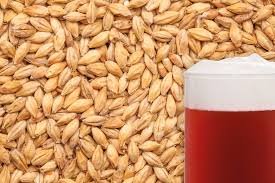
Chocolate malts are really dark and will give the beer a nice dark red color, almost black! Used in brown ales and in particular in porters and stouts. Too much will dominate the beer , around 500g/1 lbs per 20l/5 gallons is recommended.
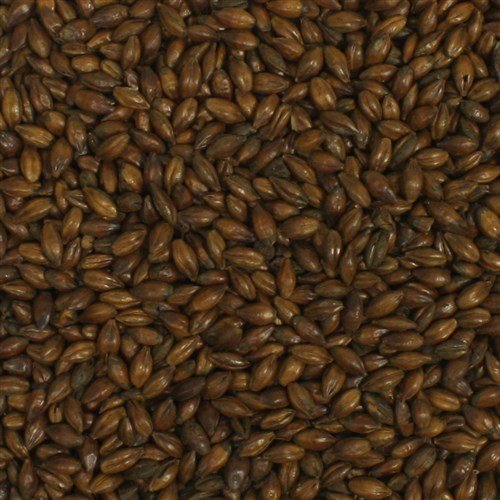
Black malts are very black! They contribute a highly roasted flavour that can become overwhelming if too much is added, not over 250g/½ lbs per 20l/5 gallons.
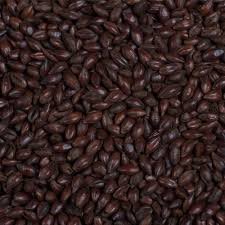
Time for the special malts! Here we have the wheat malt used to give the wheat beer its refreshing acidity, the rye malt for the roggenbier and rye stout, the oat malt for oatmeal stout, peated malt if you want to add a peated taste to your beer and finally the smoked malt for a smoked ale or stout!
that's interesting
Thank you!
This comment has received a 0.43 % upvote from @booster thanks to: @foxycat.
Wow this was a very informative post on beer and malt! Thanks for this. I haven't yet been to a brewer, but I really would like to see in person how beer is made!
Thank you! It is really fascinating to see how the beer comes to life from the dry ingredients, the steam and the smells when boiling and the delicious end product!
This post was resteemed by @resteembot!
Good Luck!
Learn more about the @resteembot project in the introduction post.
This post has received a 50.00 % upvote from @nettybot thanks to: @almvide.
Send 0.100 SBD to @nettybot with a post link in the memo field to bid on the next vote.
Oh, and be sure to vote for my owner, @netuoso, as Steem Witness
Have a great day!
This post has received a 12.02 % upvote from @booster thanks to: @almvide.